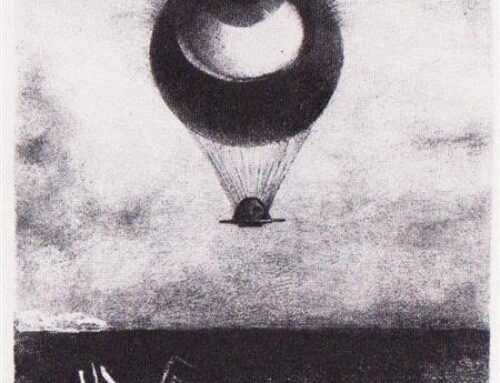The limits of science: finding a balance through the humanities. From the editorial:
Throughout most of my life science sat very low on the totem pole of public awareness. Most public attention was directed towards the humanities – literature, art, music, languages, philosophy, religion and so on.
But things have changed since the 1990s and public awareness of science rapidly climbed the pole. Indeed, some people now fear the relative positions of humanities and science on the totem pole have flip-flopped, with the humanities relegated to the “halfpenny place”. It would be a great pity if this happened. Science and the humanities provide essential and non-overlapping services to humanity.
The purpose of science is to discover how the natural physical world works. The results of scientific studies can often be applied to do useful things for human society and we call these applications technology. The modern world runs entirely on science-based technology. Science is very powerful but it purchases this power by severely limiting its domain to the natural physical world.
Science is silent on many matters of the greatest human importance, matters that make life bearable for most people and matters that are dealt with only in the humanities. Science has nothing to say about value, meaning, ethics, beauty or the supernatural. For example, science can explain how a human being is conceived, how it develops in the womb and is born as a baby, but has nothing to say about the value of this developing entity at any stage. To assess this value we must turn to the humanities; to philosophy.
For other posts on the “two cultures” of science and humanities, see here.
h/t Rob Townsend (@rbthisted)






Leave A Comment